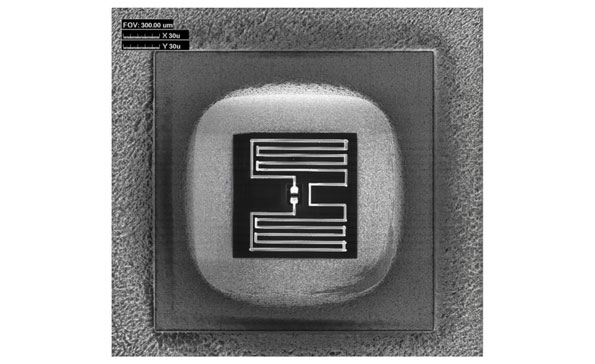AVR ATtiny25V Memory Heximal Cloning
AVR ATtiny25V Memory Heximal Cloning means the firmware inside microcontroller ATtiny25V can be extracted by break off MCU tamper resistance system;

Some of the Status Flags are cleared by writing a logical one to them by AVR ATtiny25V Memory Heximal Cloning. Note that, unlike most other AVRs, the CBI and SBI.
I/O Registers within the address range 0x00 – 0x1F are directly bit-accessible using the SBI and CBI instructions.
For compatibility with future devices, reserved bits should be written to zero if accessed. Reserved I/O memory addresses should never be written when Read Chip. registers, the value of single bits can be checked by using the SBIS and SBIC instructions. Instructions will only operation the specified bit, and can therefore be used on registers containing such Status Flags. The CBI and SBI instructions work with registers 0x00 to 0x1F.
PLL not locking
When at frequencies below 6.0 MHz, the PLL will not lock
Problem fix / Workaround
When using the PLL, run at 6.0 MHz or higher.
EEPROM read from application code does not work in Lock Bit Mode 3
When the Memory Lock Bits LB2 and LB1 are programmed to mode 3, EEPROM read does not work from the application code.
Problem Fix/Work around
Do not set Lock Bit Protection Mode 3 when the application code needs to read from EEPROM.
Reading EEPROM at low frequency may not work for frequencies below 900 kHz
Reading data from the EEPROM at low internal clock frequency may result in wrong data read.
Problem Fix/Workaround
Avoid using the EEPROM at clock frequency below 900kHz.
Timer Counter 1 PWM output generation on OC1B – XOC1B does not work correctly
Timer Counter1 PWM output OC1B-XOC1B does not work correctly. Only in the case when the control bits, COM1B1 and COM1B0 are in the same mode as COM1A1 and COM1A0, respectively, the OC1B-XOC1B output works correctly.
Problem Fix/Work around
The only workaround is to use same control setting on COM1A(1:0) and COM1B(1:0) control bits, see table 14-4 in the data sheet. The problem has been fixed for Tiny25 rev D.

